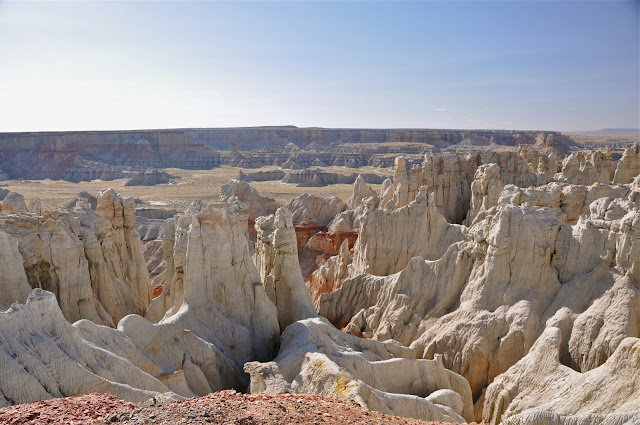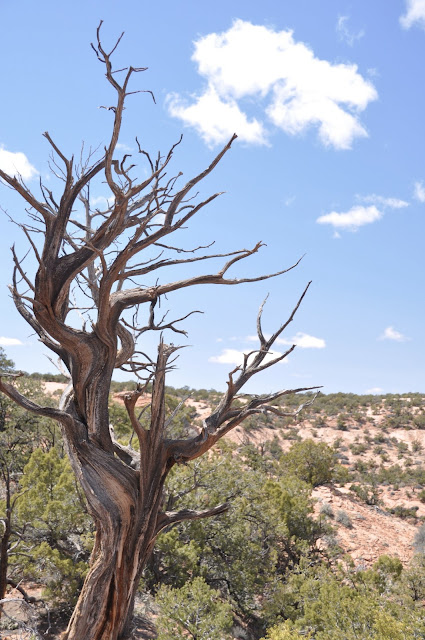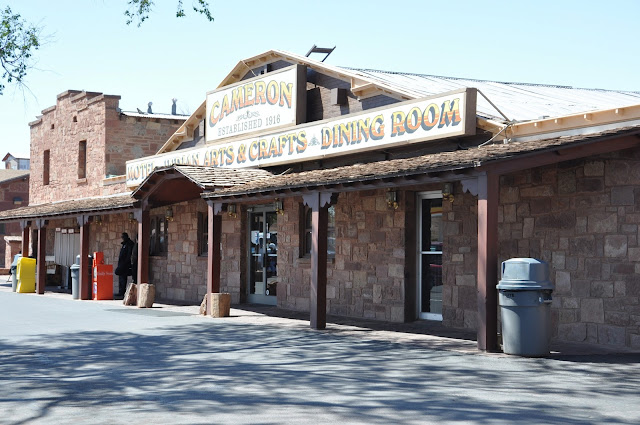Continuing on our trek south, we visited One King West, originally the old head office of the Toronto Dominion Bank, now a luxury hotel. This is the grand staircase that took us up to the grand banking hall.
Our next stop was lunch at the Marché in BCE Place. The highlight of the lunch was the berry flan and the stroll through BCE Place, always spectacular and particularly so when I had my camera with me.
This rather reminded me of a similar building in Milan.
 |
For the month of May, there is a photo art installation "Pyramid" by James Nizam as part of the Scotiabank Contact Festival. You can read about the art on the Contact website. |
You see below my own photo of the reflection of the arches in the glass entrance. Truly amazing - the reflection of the reflection on the glass - the juxtaposition of layers of reality and illusion. Astounding!
This was not the first time we visited BCE Place but every time we did, we couldn't help but be awed by the artistry of the design. For a change of pace, we headed towards the more stolid Canada Life Building, a few blocks north, at Queen and University. In front of the building, I noticed this graceful statue on top of a granite column, a memorial of the Boer War. Forty years in Toronto, and I have never actually "seen" this winged statue.
 |
| This Pelican statue is the only thing I liked in the Canada Life Board Room. |
 |
| Clearly I wasn't the only one who thought this portal worth photographing |
 |
| Another one to add to my collection of elevator doors |
 |
| Looking south towards the CN Tower |
 |
| East towards the old and new City Halls, Nathan Phillips Square |











































